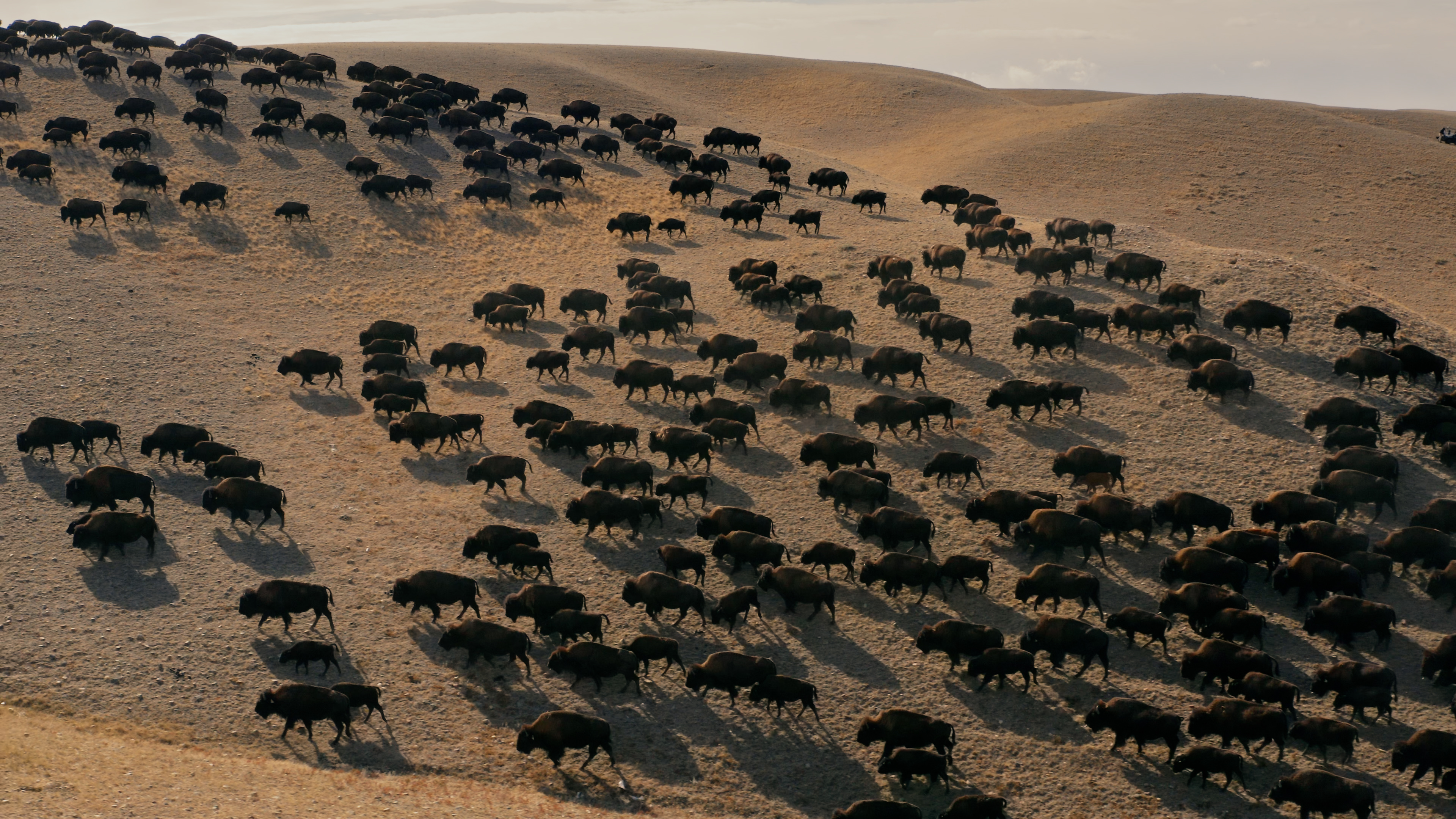
by radiocafe | Nov 12, 2025 | Arts & films, Down to Earth, Environment, Food & agriculture, Native & indigenous
We talk to the makers of Bring them Home, a documentary about the return of bison to the Blackfeet Nation in Montana—and their potential for healing of both land and people. The film is narrated by Oscar-nominated Blackfeet actress Lily Gladstone.
Learn more …
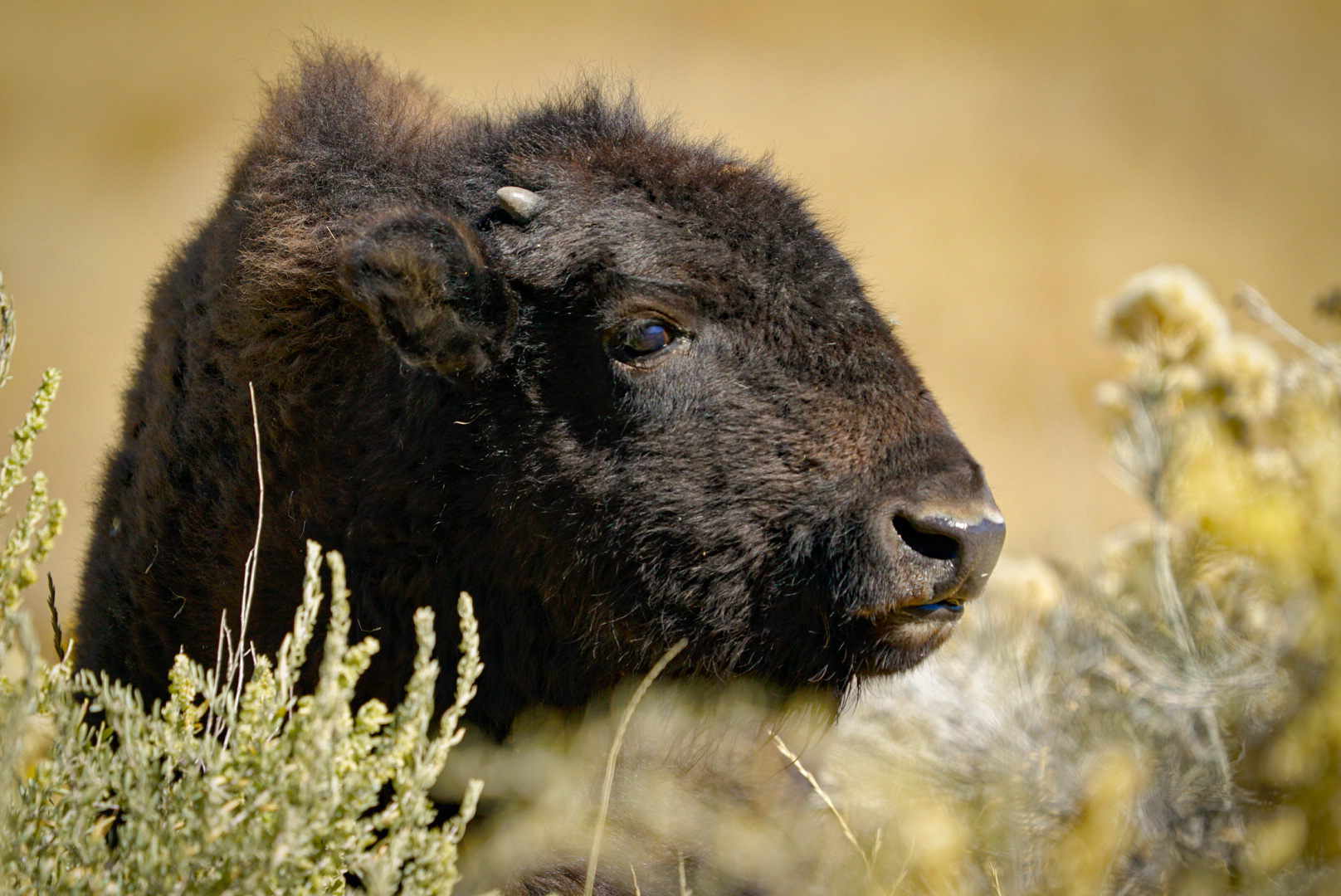
by radiocafe | Sep 23, 2025 | Arts & films, Down to Earth, Environment, Food & agriculture, New Mexico
Ted Turner bought a New Mexico ranch that’s bigger than many national parks. A new film, Preserved, details its history, conservation projects, and influence.
Learn more …
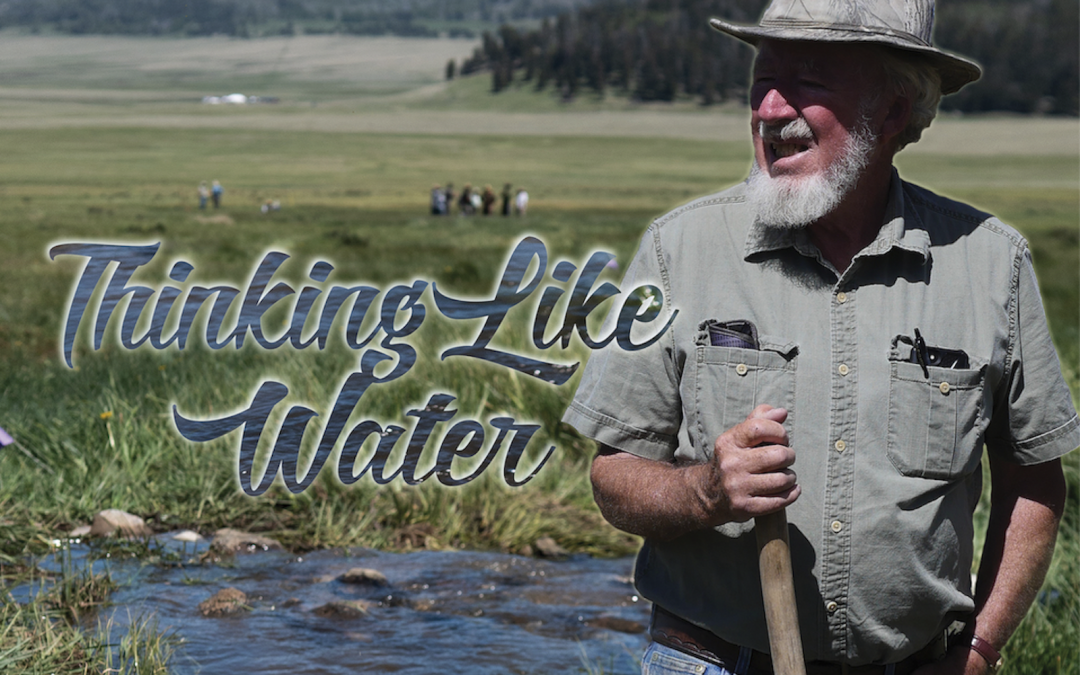
by radiocafe | Jan 21, 2025 | Arts & films, Down to Earth, Environment, Food & agriculture, New Mexico
Bill Zeedyk restores landscapes—streams, wetlands, even rural roads—by using simple, low-tech tools and letting nature do most of the work. The result is healthy, lush desert ecosystems. He’s the subject of a new documentary, Thinking Like Water.
Learn more …
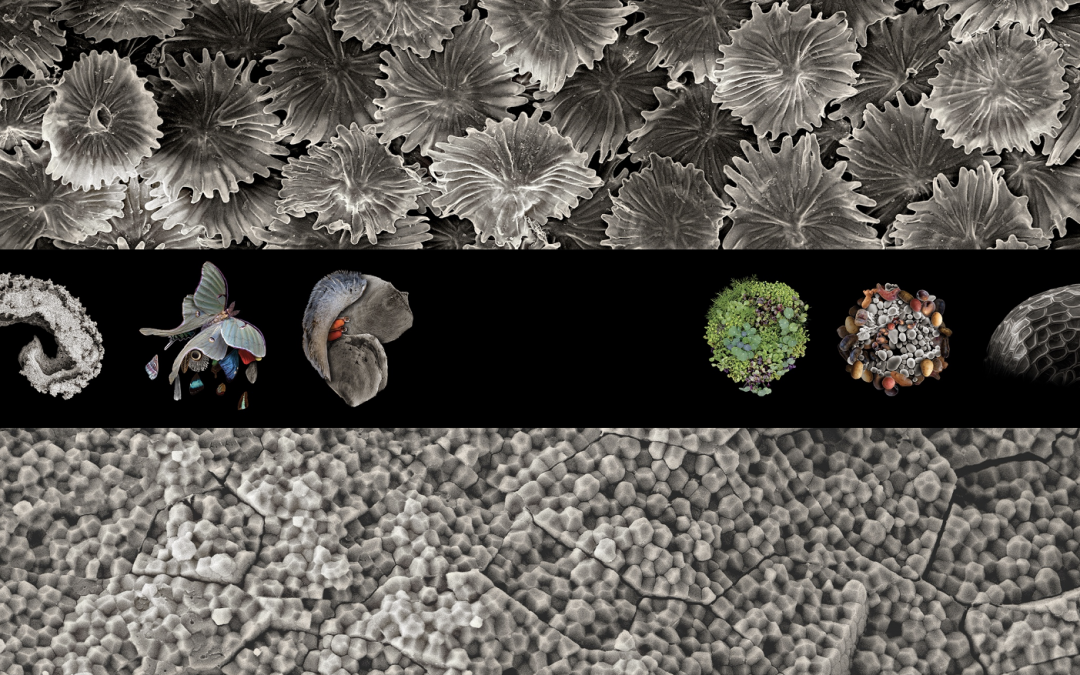
by radiocafe | Oct 14, 2024 | Arts & films, Books, Down to Earth, Environment, Food & agriculture
Artist and science educator Robert Dash creates art from micro- and macroscopic photographs of food crops. His new book explores both the science of our food system and the role of art in finding a more healthy and loving way forward.
Learn more …
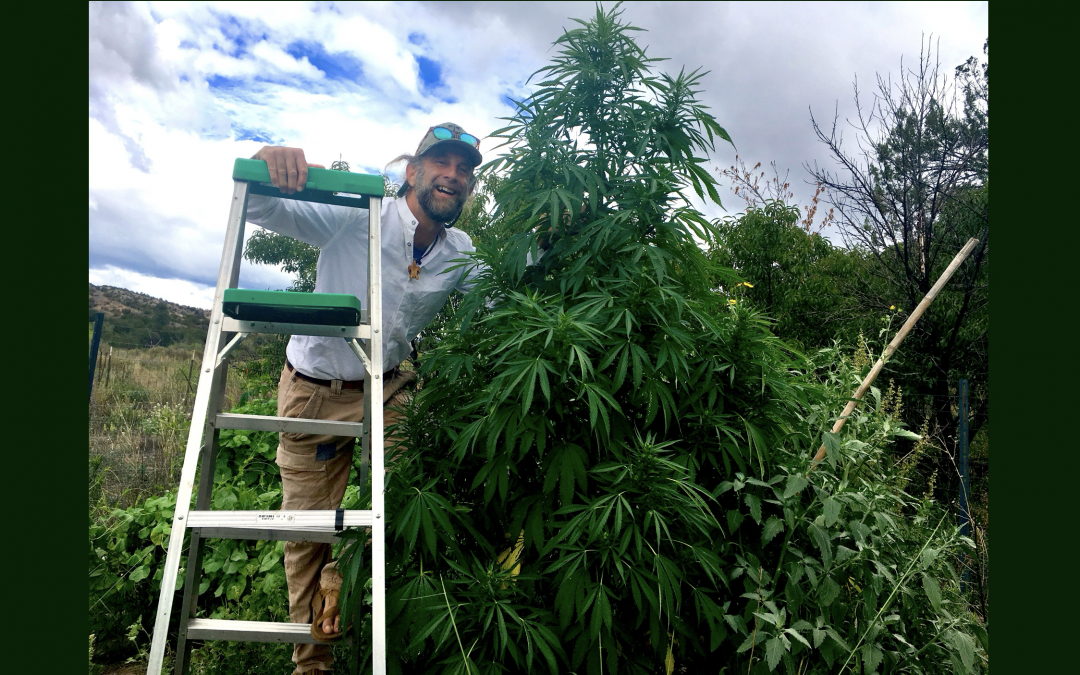
by radiocafe | Jul 7, 2024 | Arts & films, Books, Down to Earth, Environment, Food & agriculture, New Mexico
Journalist-filmmaker-farmer-comedian Doug Fine left the New York suburbs to settle in New Mexico, where he cultivates hemp as well as goats, chickens, and produce. He’s an advocate for regenerative farming and rural living.
Learn more …
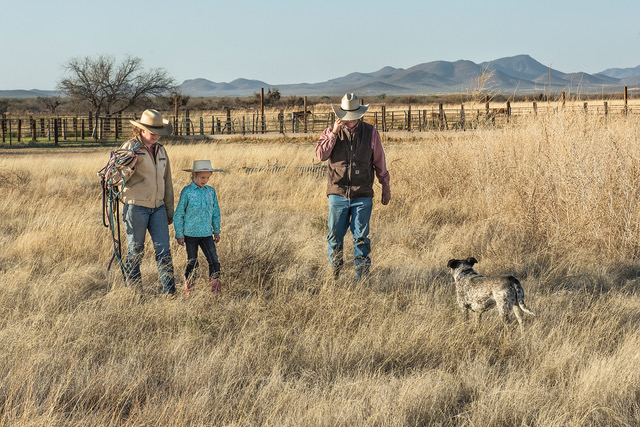
by radiocafe | Dec 12, 2023 | Arts & films, Books, Down to Earth, Food & agriculture
Sally Thomson‘s gorgeous new book of photographs and texts, Homeground, is all about Southwestern grasslands and their flora, fauna, and the human stewards who work and care for the land.
Learn more …
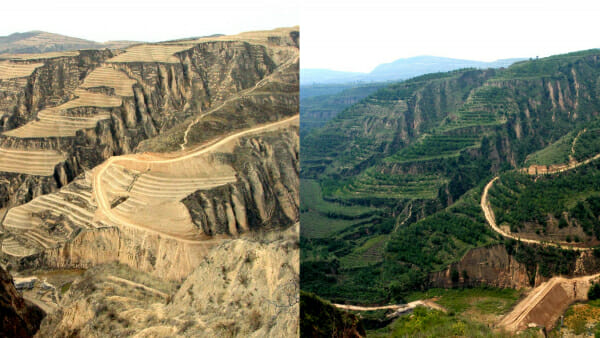
by radiocafe | Nov 15, 2022 | Activism, Arts & films, Down to Earth, Environment, Food & agriculture, Science & health
In 1995 John Liu began documenting the Loess Plateau in China, a landscape ruined by poor agriculture practices. Over decades he documented its return to vibrant life, and filmed many other restoration projects worldwide.
Learn more …
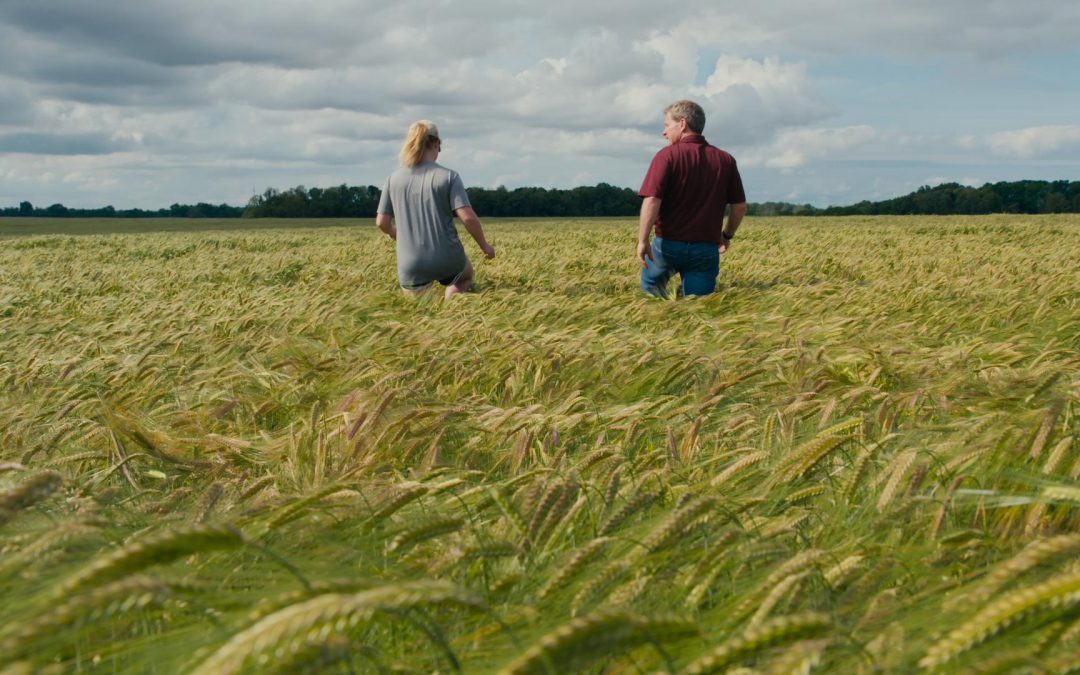
by radiocafe | Jan 25, 2022 | Arts & films, Down to Earth, Environment, Food & agriculture
The name of Pamela Tanner Boll‘s new film, To Which We Belong, comes from the great naturalist and conservationist Aldo Leopold, who understood the interconnection among all living beings, and the need to treat land with respect––and a deep sense of belonging.
Learn more …
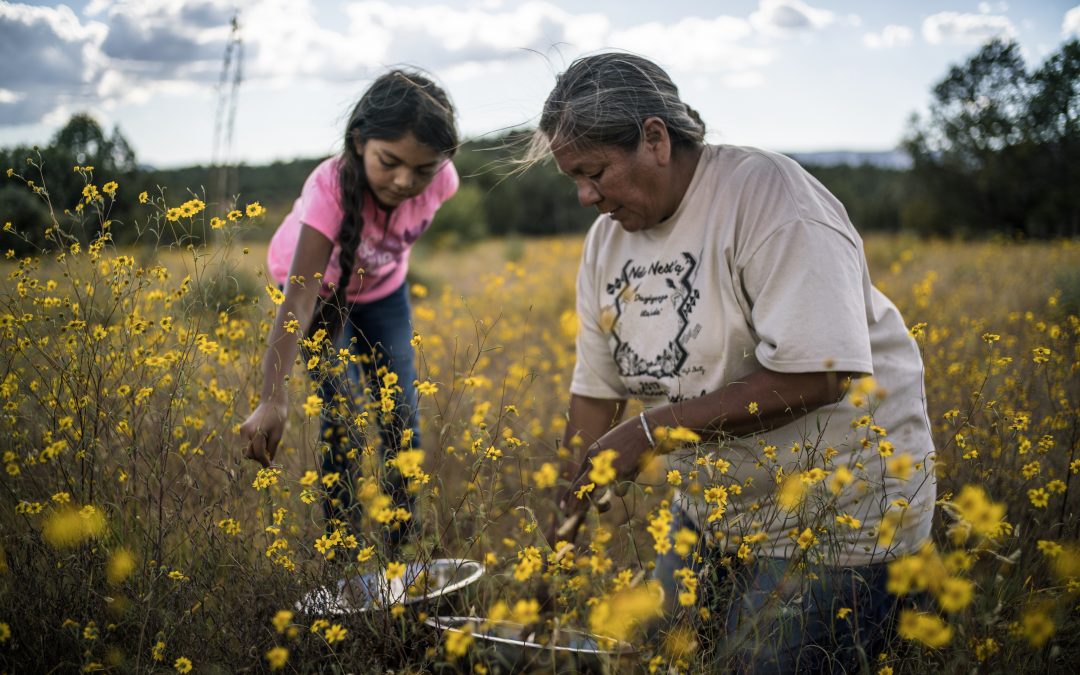
by radiocafe | Dec 1, 2020 | Arts & films, Down to Earth, Food & agriculture, Native & indigenous
Sanjay Rawal ‘s new film, Gather, explores how Native Americans across the U.S. are rediscovering their food traditions–and building on them in the context of present-day realities.
Learn more & listen …
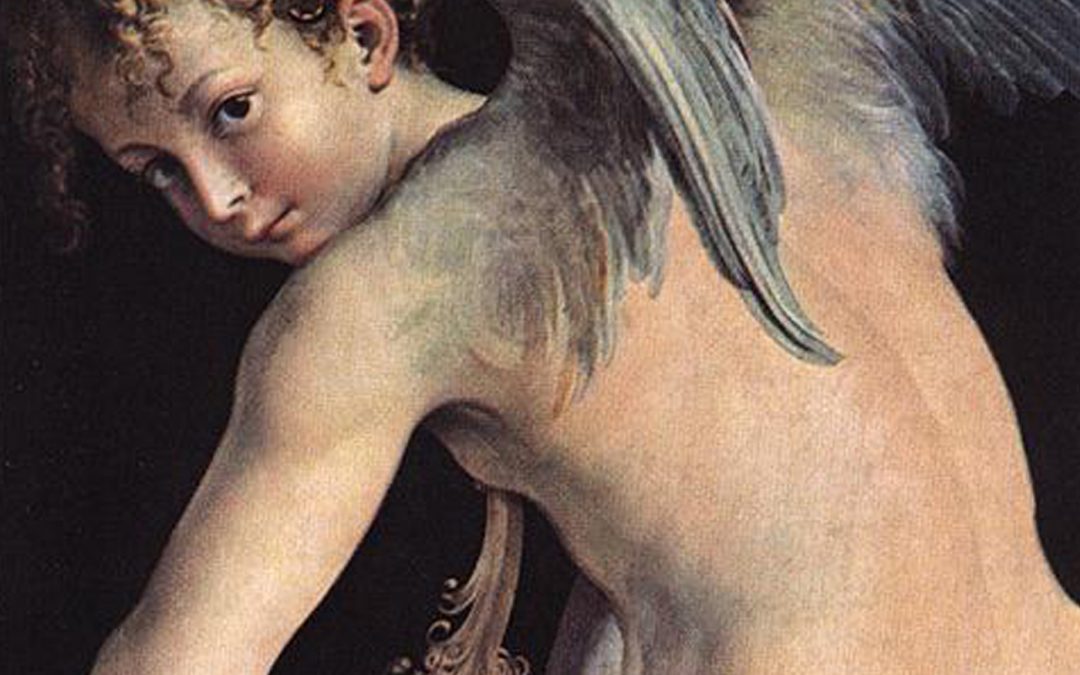
by radiocafe | May 8, 2020 | Arts & films, ASU
Romantic love was long considered an illness — with some bizarre and harrowing treatments
Learn more …










